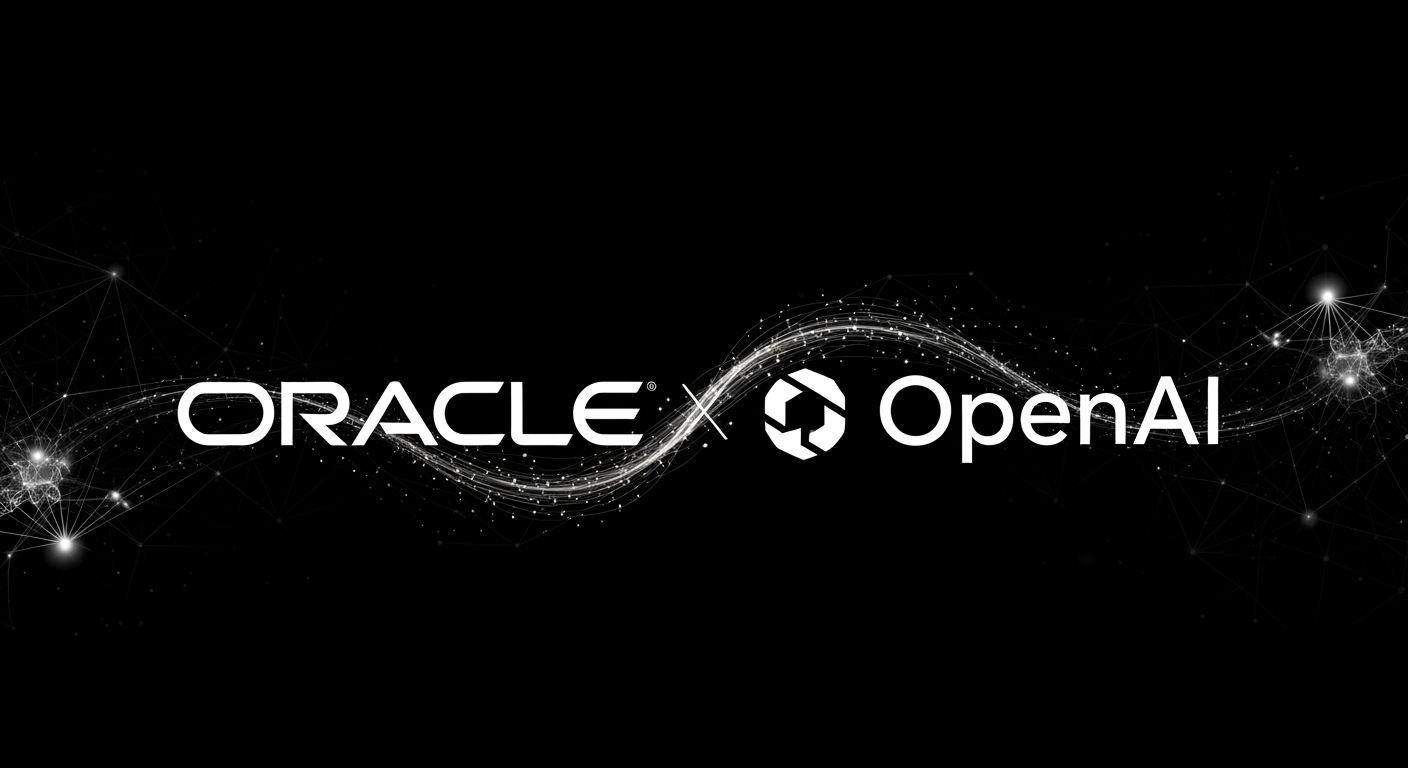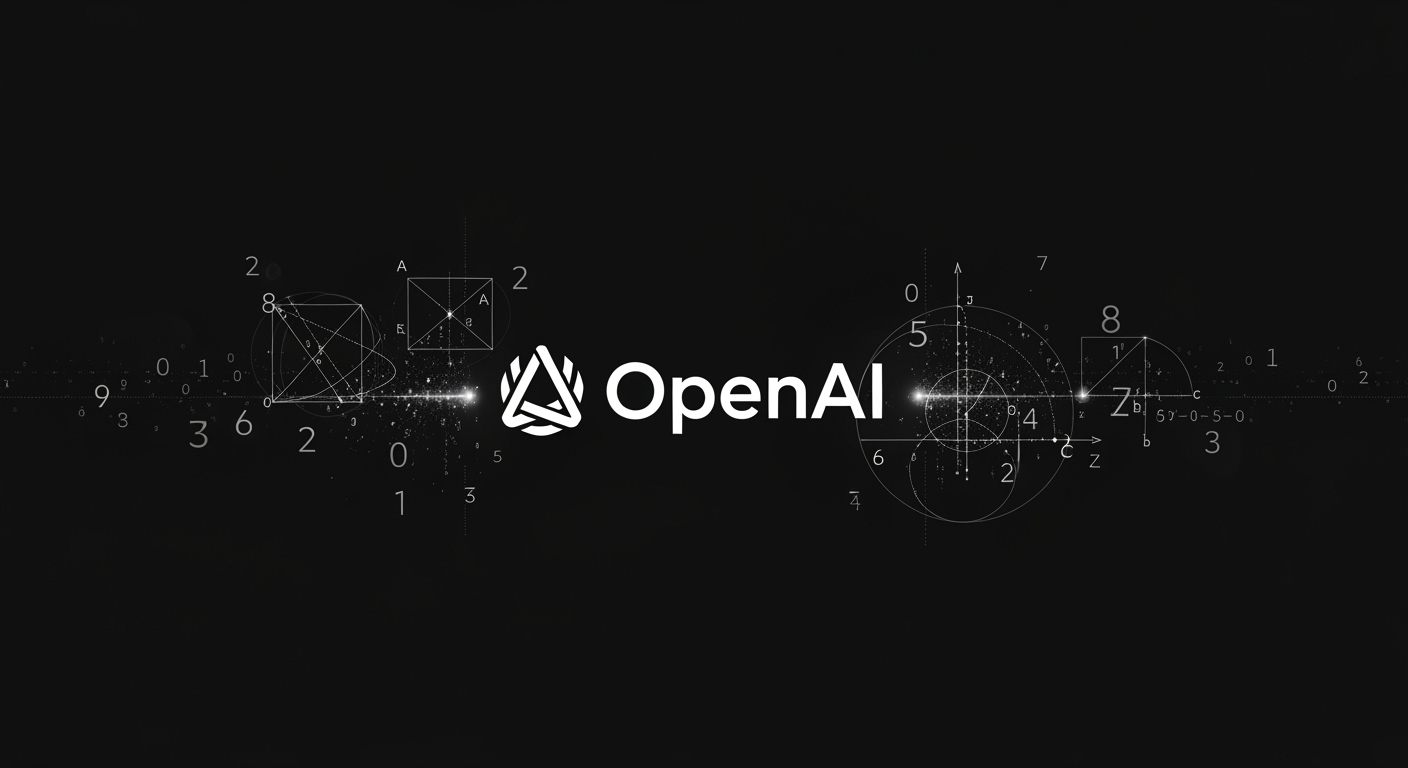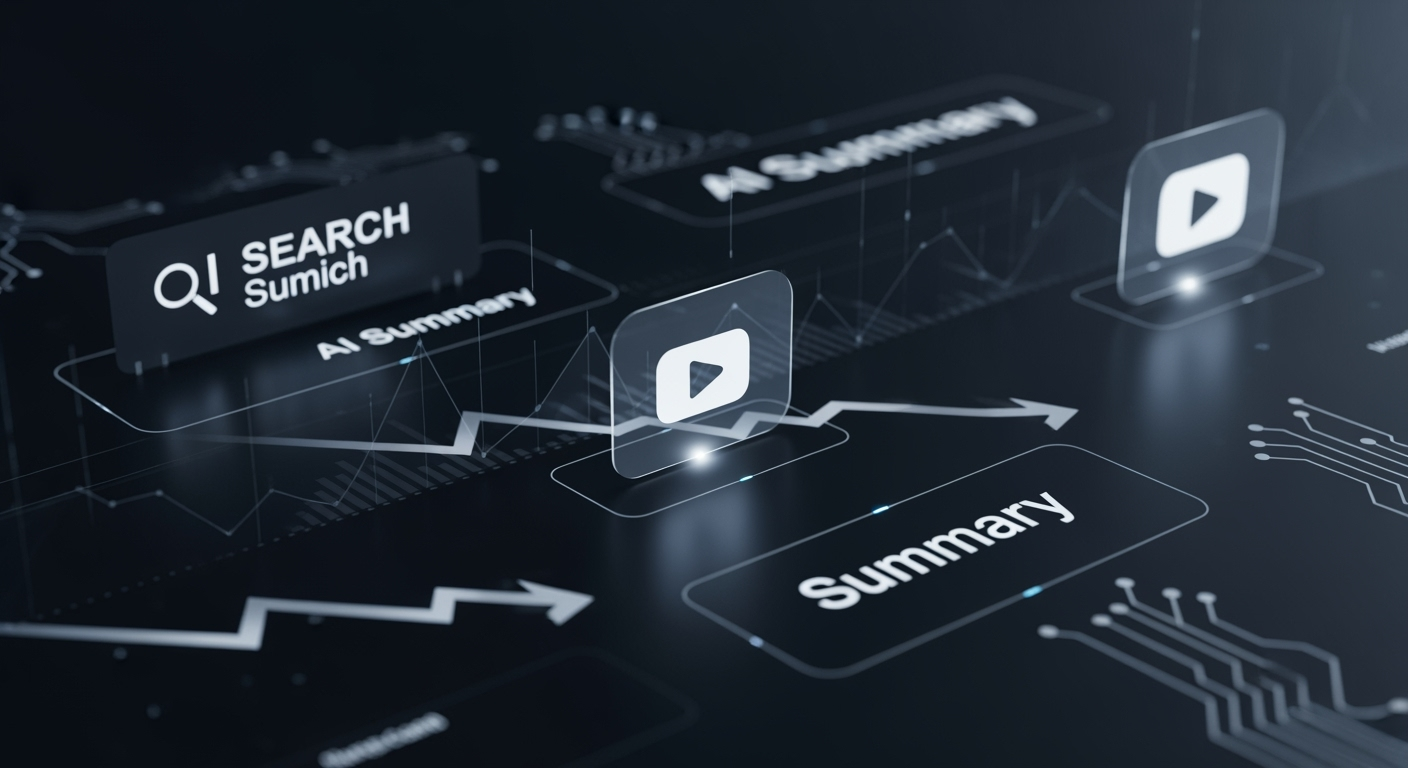Oracle and OpenAI’s $300B Cloud Deal: What It Means for AI Infrastructure

Oracle and OpenAI’s $300B Cloud Deal: What It Means for AI Infrastructure
This week, the tech and finance worlds were abuzz as OpenAI and Oracle announced a massive five-year, $300 billion cloud computing deal. The agreement marks one of the largest cloud contracts ever signed and sent Oracle’s stock surging. But beneath the headlines, this move reveals much about the current state—and future—of AI infrastructure.
Why This Deal Makes Sense
While some analysts were surprised by the scale and Oracle’s involvement, the partnership is a logical next step for both companies. OpenAI needs enormous computing power to support its rapid growth and product expansion, and diversifying across multiple cloud providers helps reduce risk and improve scalability. Oracle, though often seen as a legacy tech player, has quietly built a reputation for robust, high-performance cloud infrastructure—serving clients like TikTok in the U.S. and now, one of AI’s biggest innovators.
- Diversification: OpenAI’s strategy to work with several cloud partners, including Oracle, allows it to spread out risk and ensure resilience against outages or supply chain issues.
- Scale: The partnership will enable OpenAI to build what experts describe as one of the most comprehensive global AI supercomputing foundations.
- Oracle’s Strengths: Decades of core infrastructure development make Oracle a formidable player, even if it’s less visible than Google Cloud, AWS, or Azure in the AI race.
Key Questions: Payment and Power
The sheer scale of this deal—$60 billion annually over five years—raises two big questions: how OpenAI will pay for this compute, and where all the electricity to power these servers will come from.
- Revenue vs. Burn Rate: OpenAI’s revenues have soared, reportedly hitting $10 billion in annual recurring revenue, but the company continues to invest heavily in infrastructure and new technologies.
- Powering AI: The energy required for such large-scale compute is staggering. Data centers could consume 14% of all U.S. electricity by 2040, prompting tech companies to invest in everything from solar to nuclear power sources.
The Bigger Picture: AI’s Infrastructure Arms Race
Access to compute—and the power needed to run it—is fast becoming the biggest bottleneck for AI companies. Venture capital firms and tech giants are buying up thousands of Nvidia GPUs and securing long-term power deals to ensure their projects don’t stall.
OpenAI has thus far been cautious about investing directly in power infrastructure, instead relying on partnerships and its CEO’s private investments in energy startups. This asset-light approach keeps the company nimble and more attractive to investors, compared to peers burdened by expensive physical assets.
What’s Next?
The Oracle-OpenAI deal is a clear sign that AI’s next phase will be shaped not just by smarter algorithms, but by whoever can access, manage, and power the world’s most advanced computing infrastructure. The partnership also hints that traditional tech players like Oracle aren’t out of the race—they’re just getting started on a much bigger stage.





